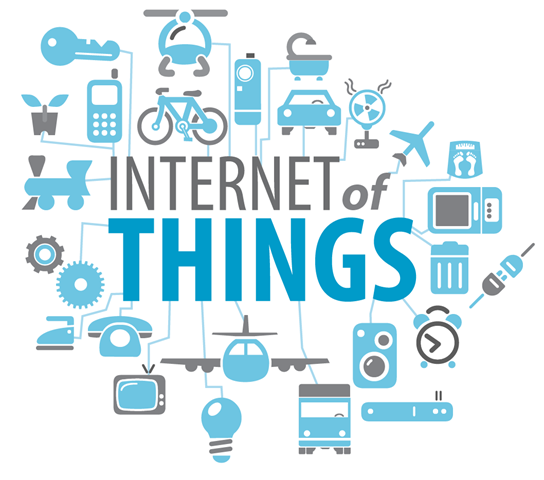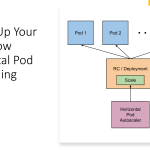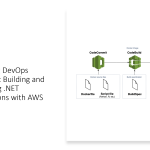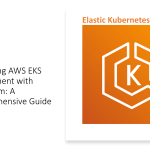The Internet of things (IoT) is the inter-networking of physical devices, vehicles (also referred to as “connected devices” and “smart devices”), buildings, and other items embedded with electronics, software, sensors, actuators, and network connectivity which enable these objects to collect and exchange data.
- The IoT allows objects to be sensed or controlled remotely across existing network infrastructure, creating opportunities for more direct integration of the physical world into computer-based systems, and resulting in improved efficiency, accuracy and economic benefit in addition to reduced human intervention.
“ Forecasts show an expected IoT universe with between 20 and 30 billion connected devices by 2020 “

[Image Source: https://www.i-scoop.eu/internet-of-things-guide/]
IoT is expected to offer advanced connectivity of devices, systems, and services that goes beyond machine-to-machine (M2M) communications and covers a variety of protocols, domains, and applications.
Some of the important IoT messaging protocols are:
- AMQP(Advanced Message Queuing Protocol) – An open standard application layer protocol for message-oriented middleware. The defining features of AMQP are message orientation, queuing, routing (including point-to-point and publish-and-subscribe), reliability and security.
- MQTT (Message Queueing Telemetry Transport)- or MQ Telemetry Transport is a lightweight connectivity protocol geared for IoT applications. It is based on the TCP/IP stack which uses the publish/subscribe method for transportation of data. It is open-ended and supports a high level of scaling, which makes it an ideal platform for development of Internet of Things (IoT) solutions.
- HTTP/2 – Enables a more efficient use of network resources and a reduced perception of latency by introducing header field compression and allowing multiple concurrent exchanges on the same connection.
- CoAP(Constrained Application Protocol) – CoAP is a web transfer protocol based on the REST model. It is mainly used for lightweight M2M communication owing to its small header size. It is designed especially for constrained networks and systems withing the Internet of Things paradigm, hence the name, Constrained Application Protocol.
CoAP mimics HTTP in terms of user visibility, and from that standpoint, reading sensor values is essentially like making an HTTP request. - XMPP(Extensible Messaging and Presence Protocol) – An open technology for real-time communication, which powers a wide range of applications including instant messaging, presence, multi-party chat, voice and video calls, collaboration, lightweight middleware, content syndication, and generalized routing of XML data.
We will go through about them in detail in later posts.
That’s all for now. Keep reading.
Sources:




